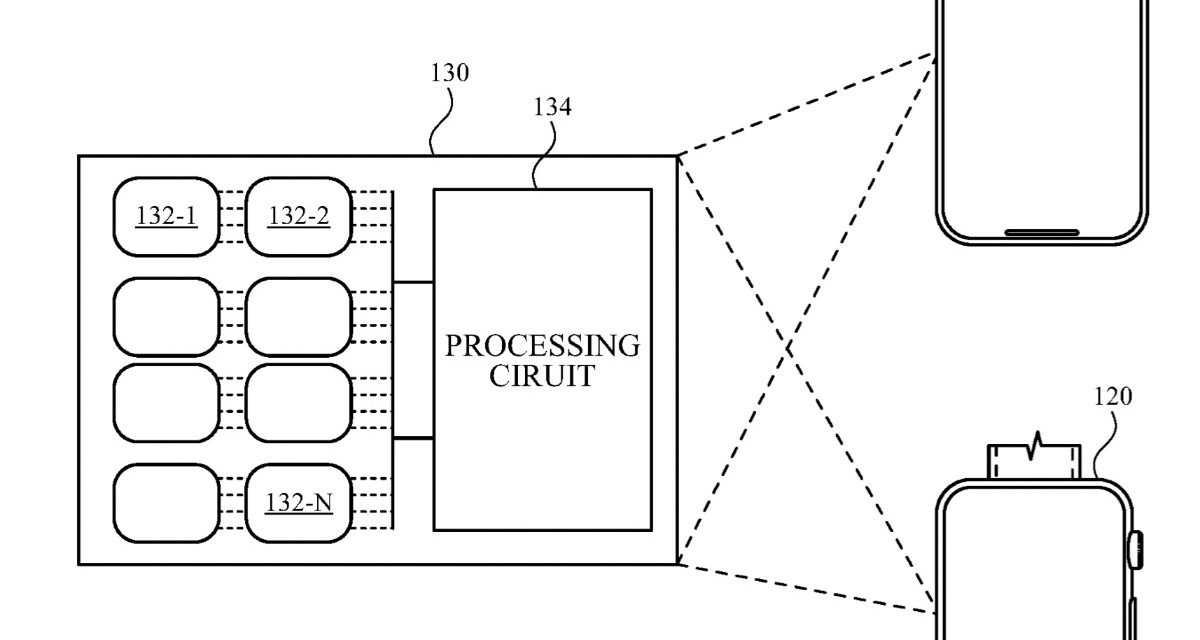Apple has been granted a patent (number 11,141,498) for “photo-oxidation removal of organic contamination for environmental sensor integration.” That’s a mouthful that describes an invention for a (partially) self-cleaning iPhone and Apple Watch.
About the patent
Many mobile electronic devices are equipped with sensors and transducers that enable the devices to perform far more functionalities than communications. Media playing, photography, location detection, online shopping, social media, online banking, calendar and health applications such as heartbeat, blood pressure and blood oxygen level measurement are among the numerous applications that a smart mobile communication device can facilitate. What’s more, smart mobile communication devices (e.g., smartphones and smartwatches) can be equipped with environmental sensors, such as pressure sensors, humidity sensors and gas sensors.
In the patent data, Apple notes that environmental sensors integrated into a mobile electronic device can offer novel features such as personal environmental detection and air quality monitoring. However, these devices are prone to organic residue accumulation, such as skin oils, dirt, body hair, etc.
Apple says that such accumulations can contaminate the device housing and/or the sensor packaging that can produce interference signals and result in increasing sensor errors over an extended period of time. For example, miniature gas sensors rely on gas diffusion into the device housing to detect an ambient gas and to infer the ambient gas concentration.
However, human skin lipids produce squalene, an oily organic compound that can stick to the housing surface and/or sensor packaging. Squalene reacts strongly with oxidizing gases (e.g., ozone and nitrogen oxides), which could significantly increase the errors of such sensors. Conventional methods may use a physical mesh (e.g., a stainless steel mesh) to prevent accumulation of dust or larger particles. Apple notes that, however, the mesh may not be effective toward oily organic compounds such as skin oil.
Another mitigation scheme adopts active air flow (e.g., by using a pump or a fan) to compensate for analyte depletion. However, Apple says that this scheme may not be ideal for mobile devices, given the size, power and noise impacts. The tech giant is working on methods suitable for mobile electronic devices to remove organic contaminants and to clean the device housing and sensor packaging in order to ensure accuracy of the environmental sensors.
Summary of the patent
Here’s Apple’s abstract of the patent: “A portable communication device includes an apparatus for environmental sensing. The apparatus includes a housing, one or more environmental sensors and an optical source. The housing includes one or more ports for allowing air flow between the surrounding environment and a cavity of the housing. The environmental sensors are coupled to the housing and can sense an environmental agent included in the air flow. The optical source can illuminate the cavity of the housing to decompose unwanted organic compounds inside the port.”
FIG. 1 illustrates examples of portable communication devices with environmental sensing capability.
Article provided with permission from AppleWorld.Today





